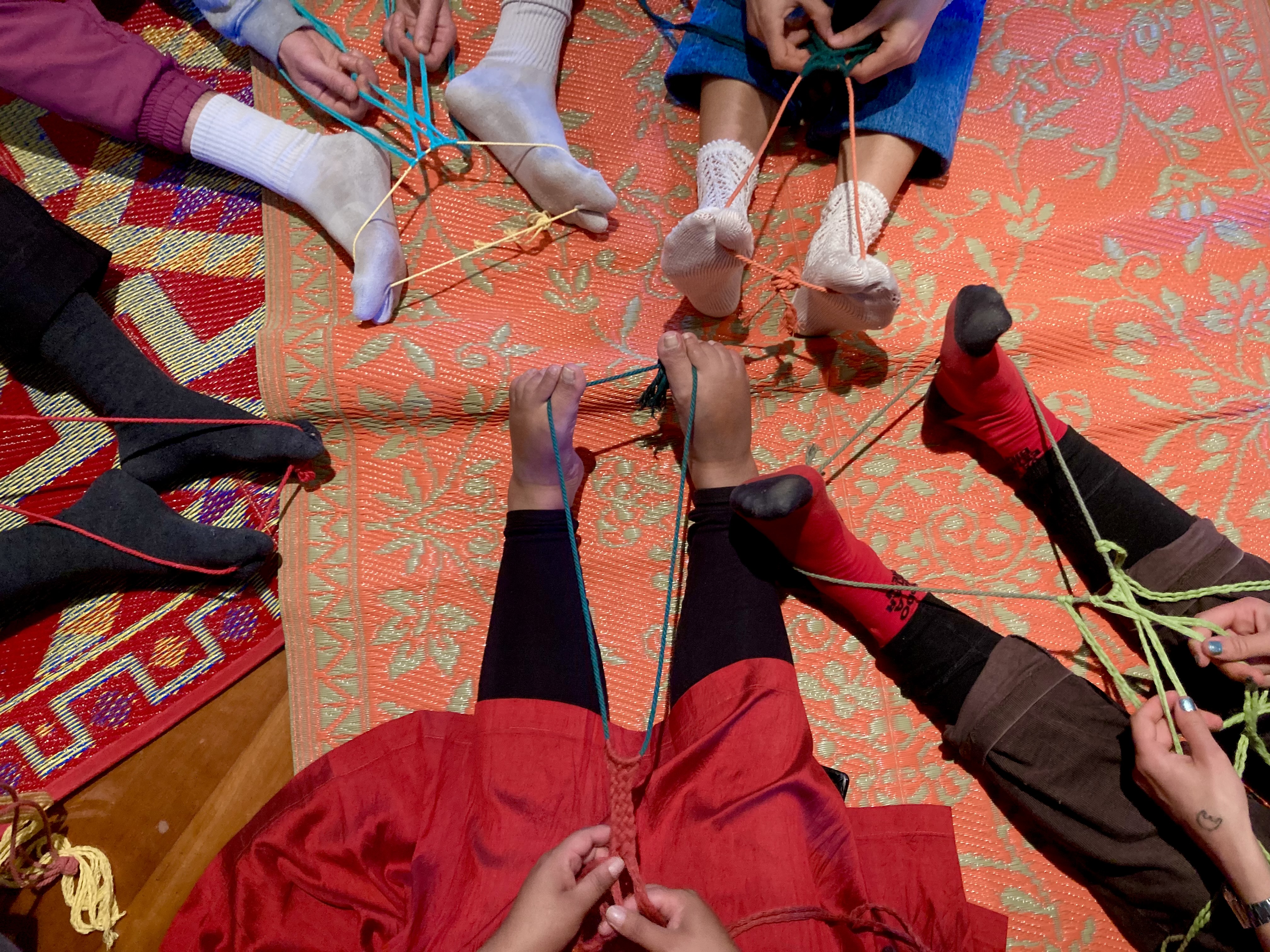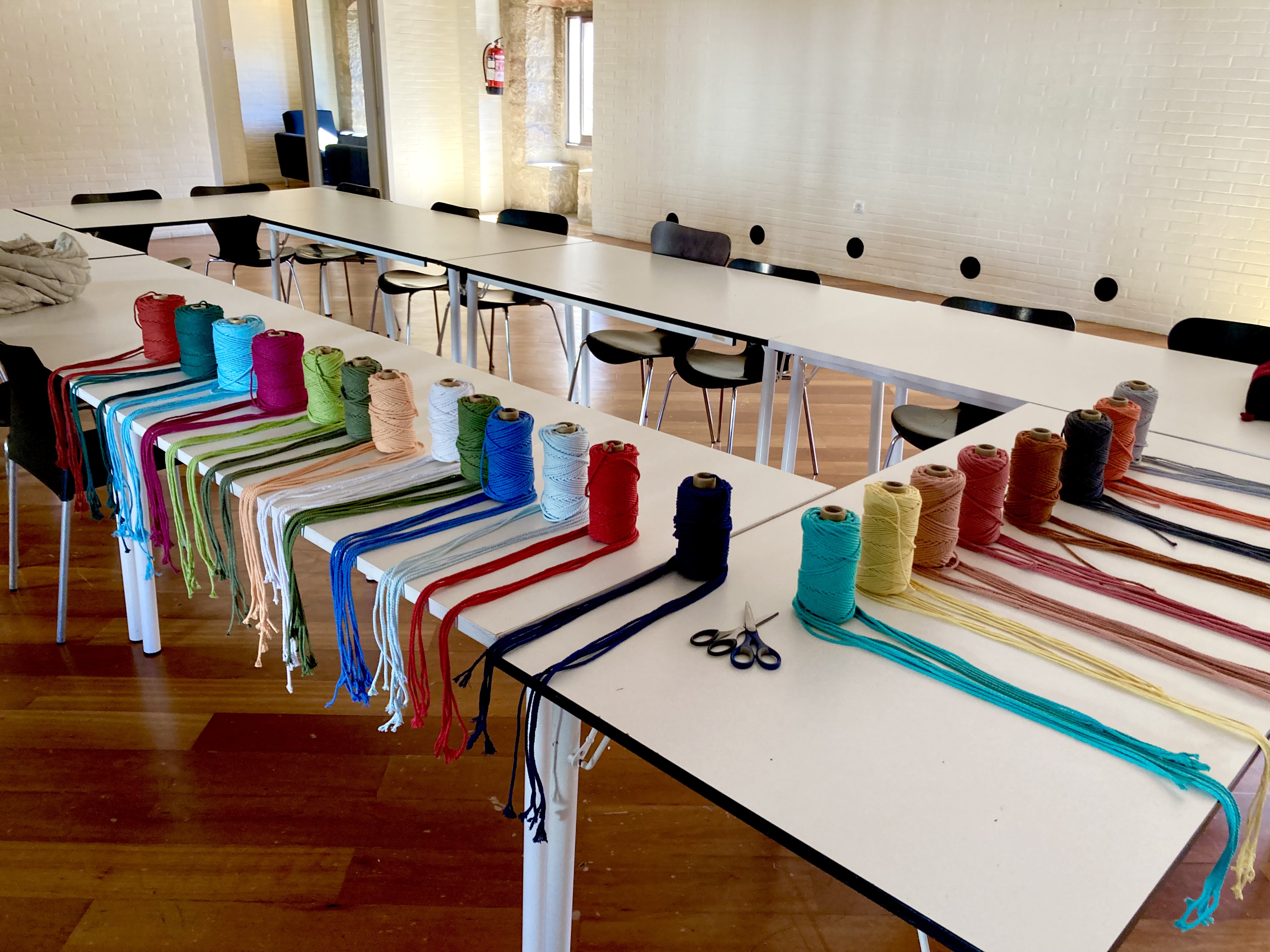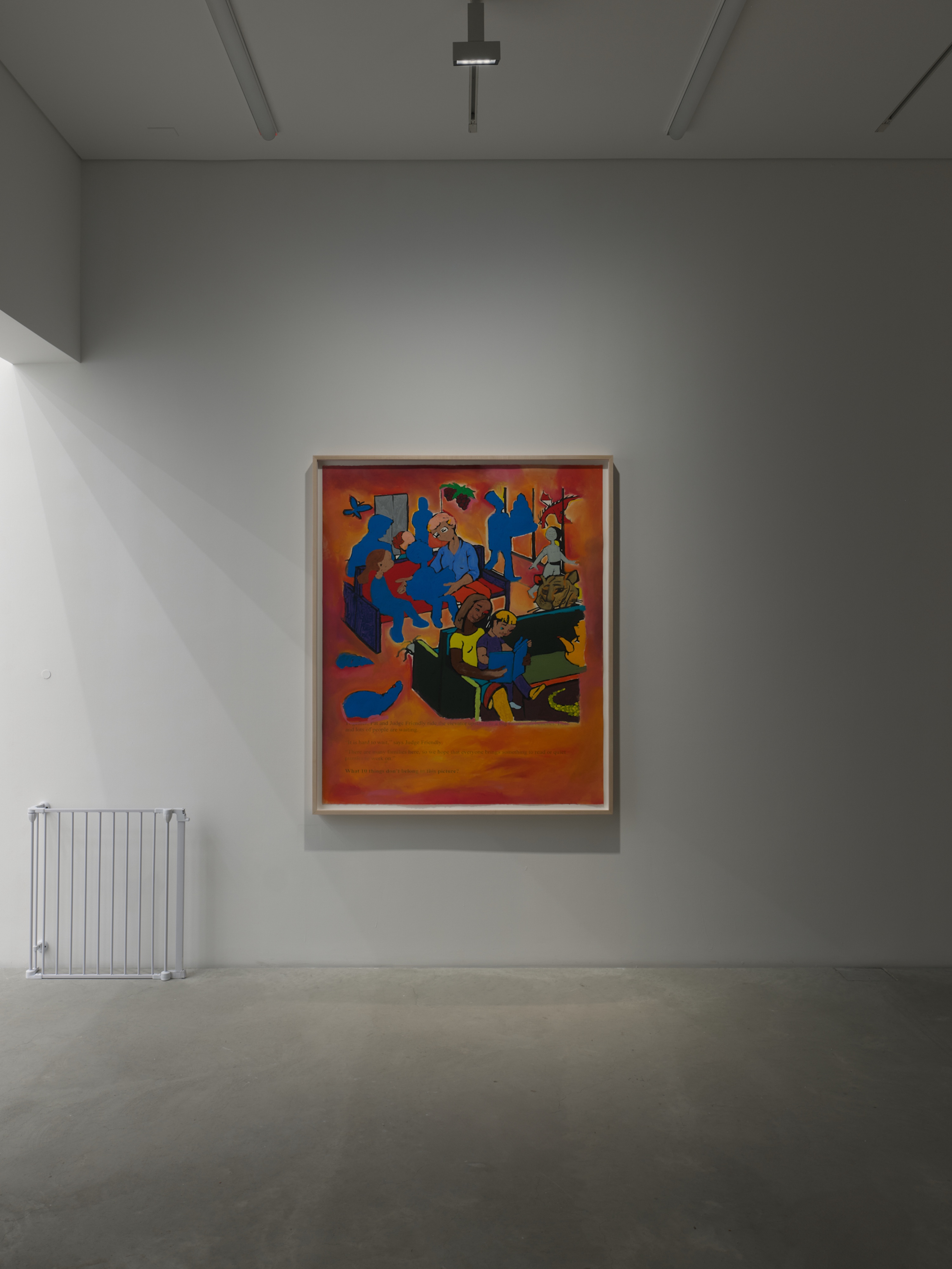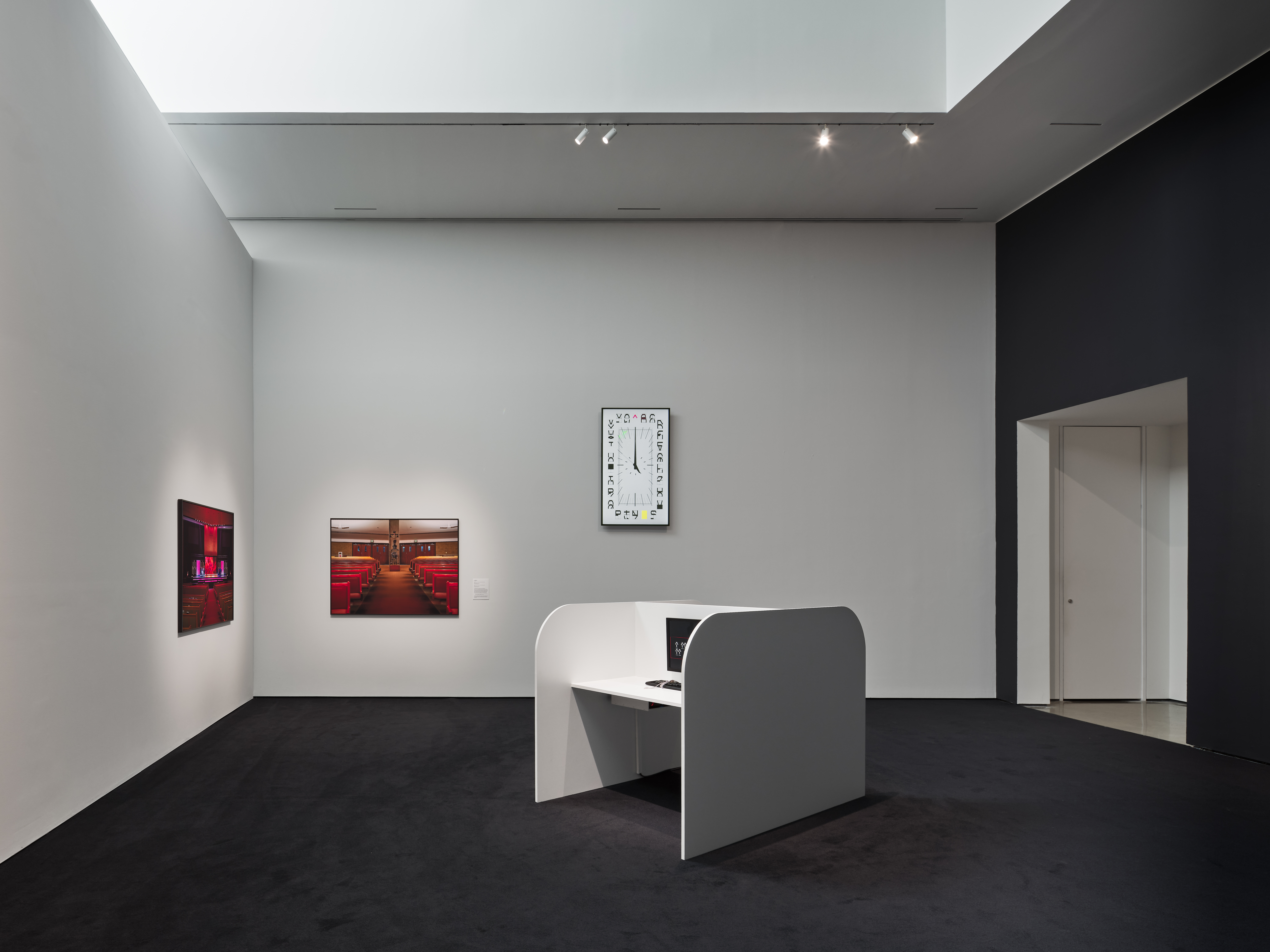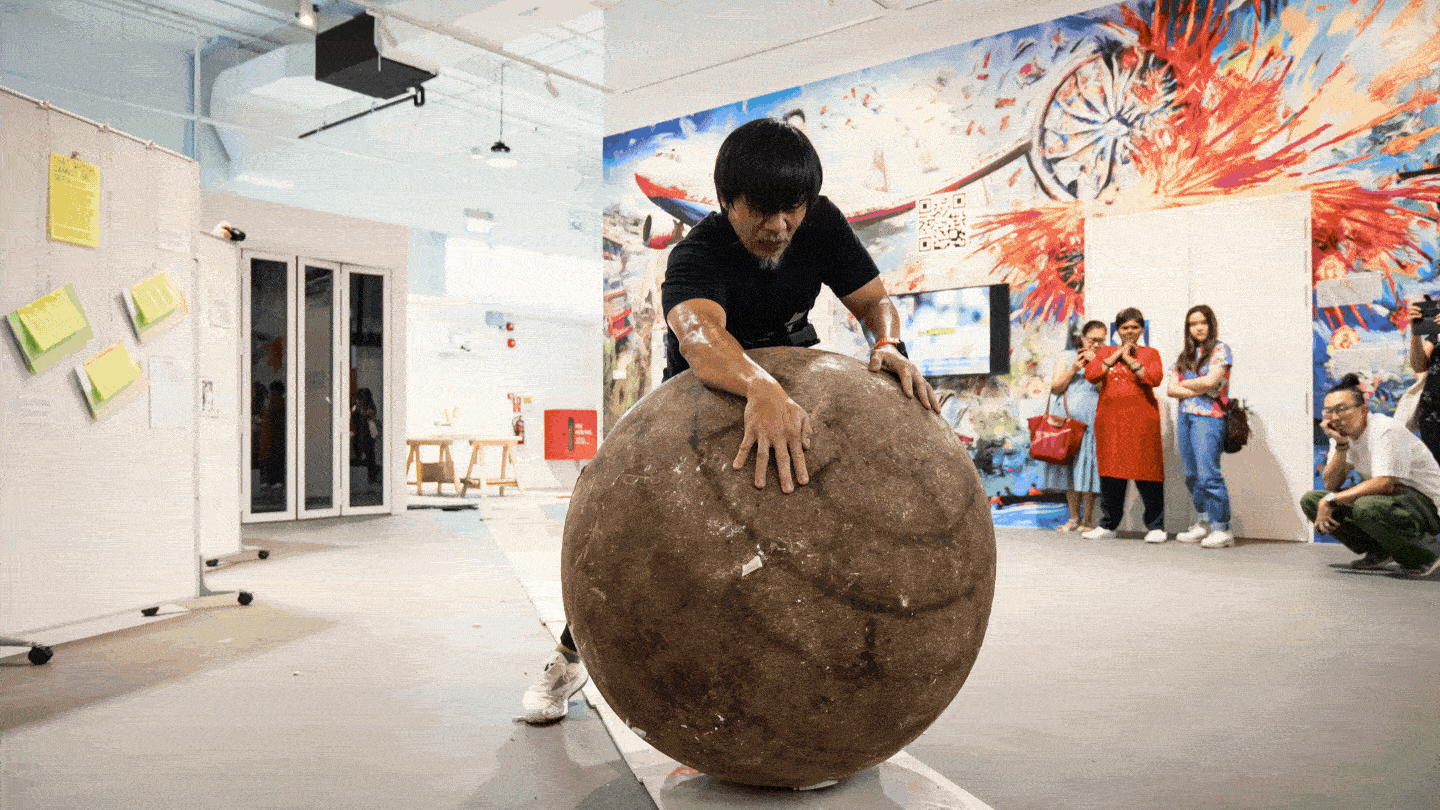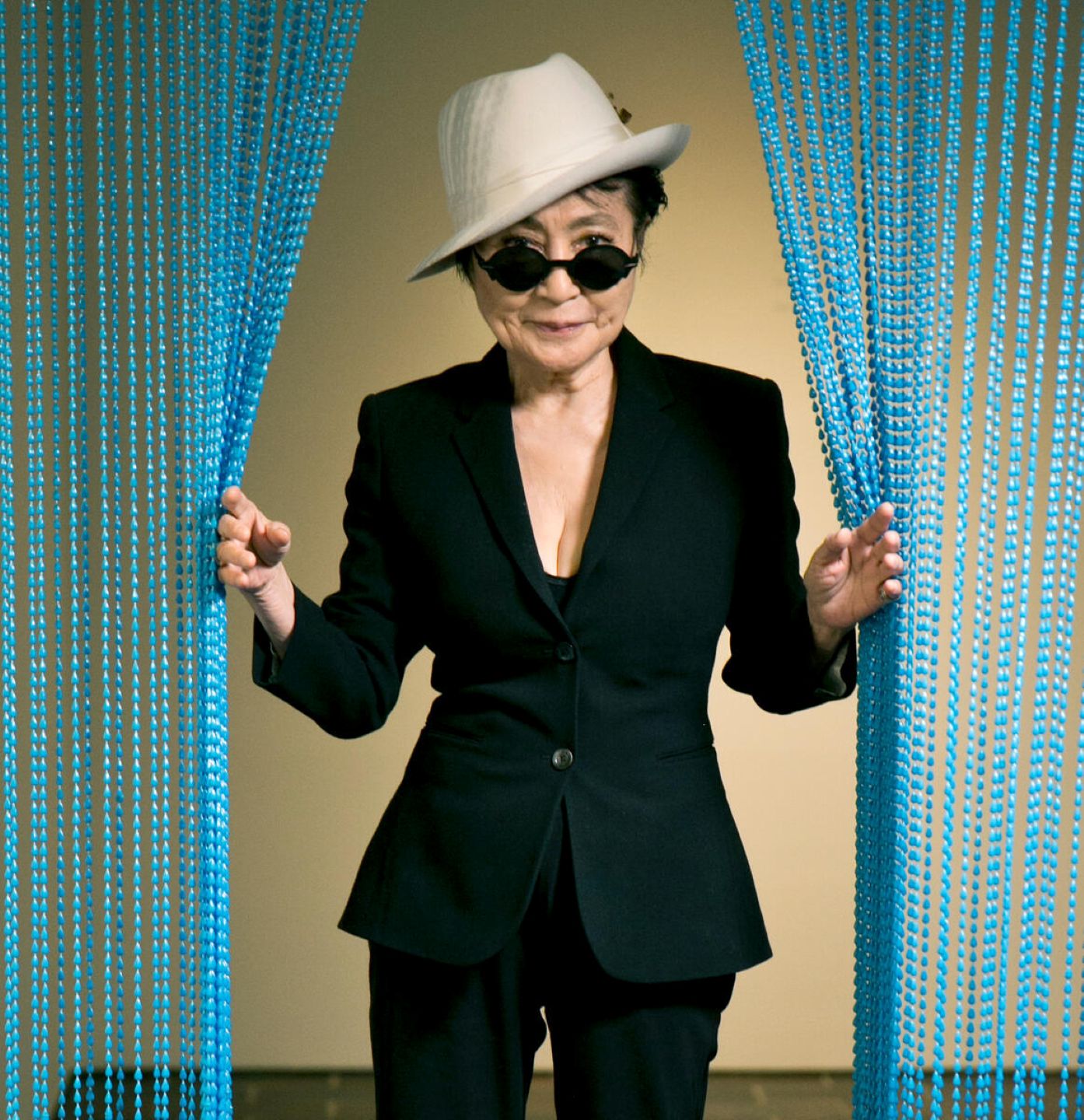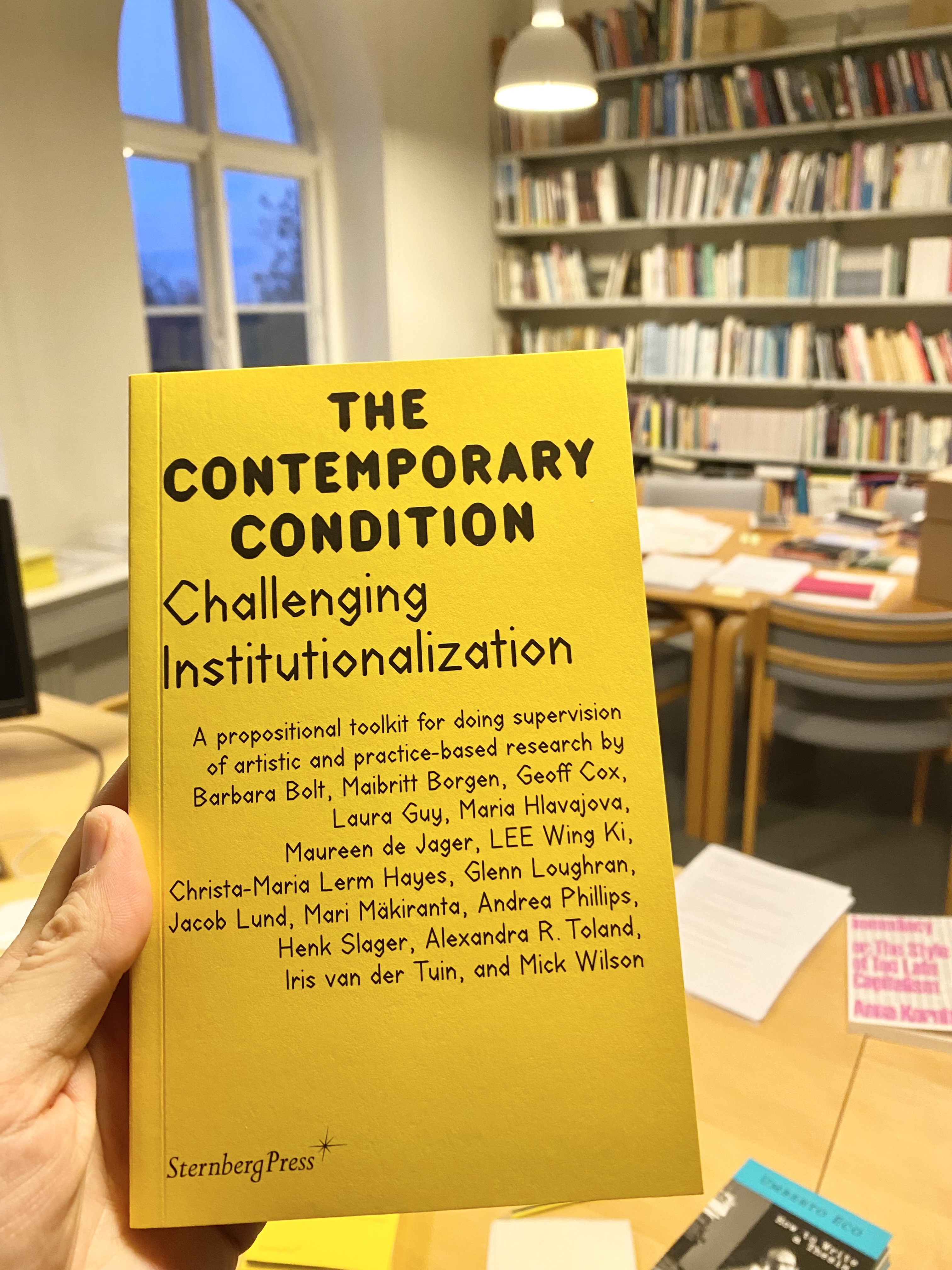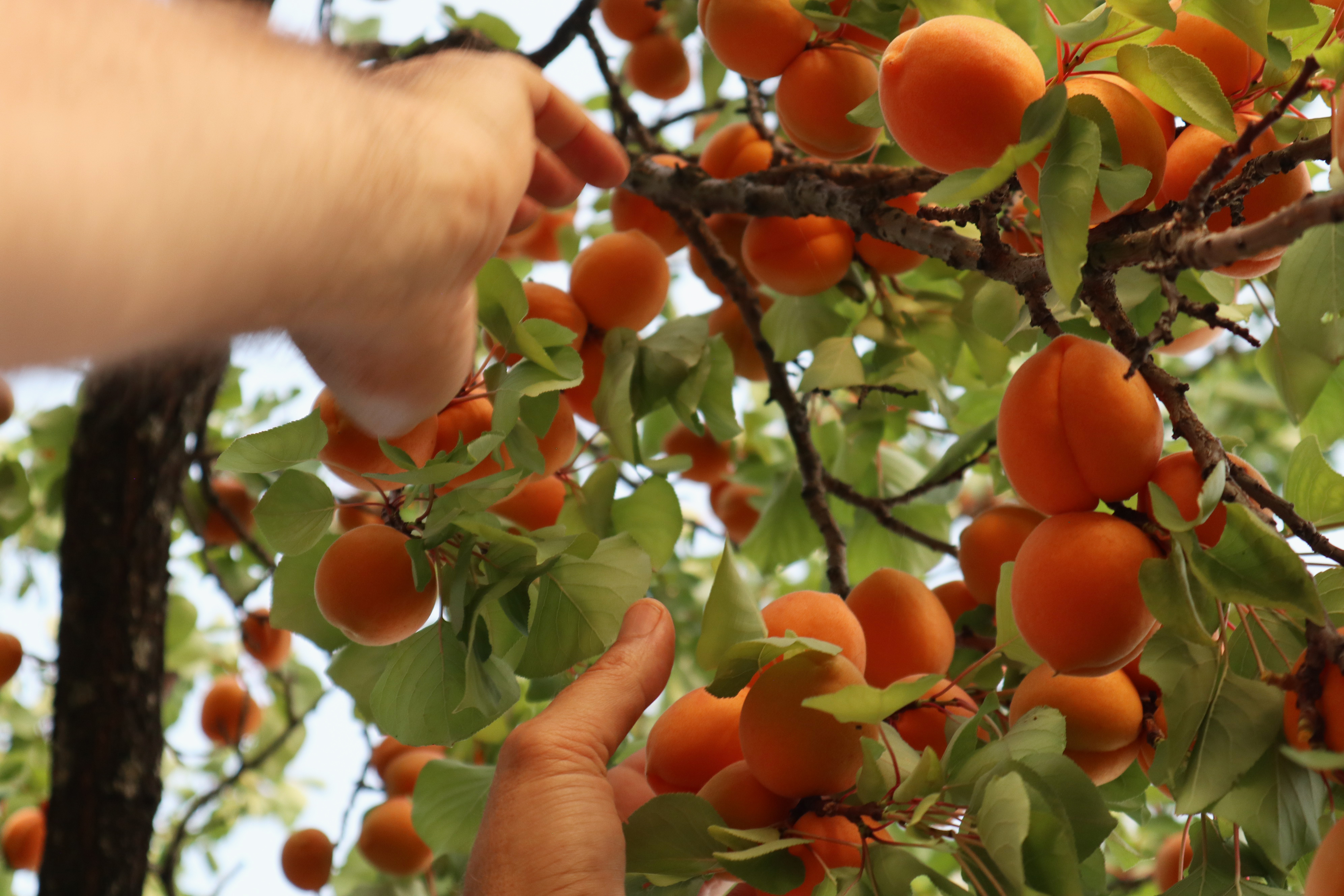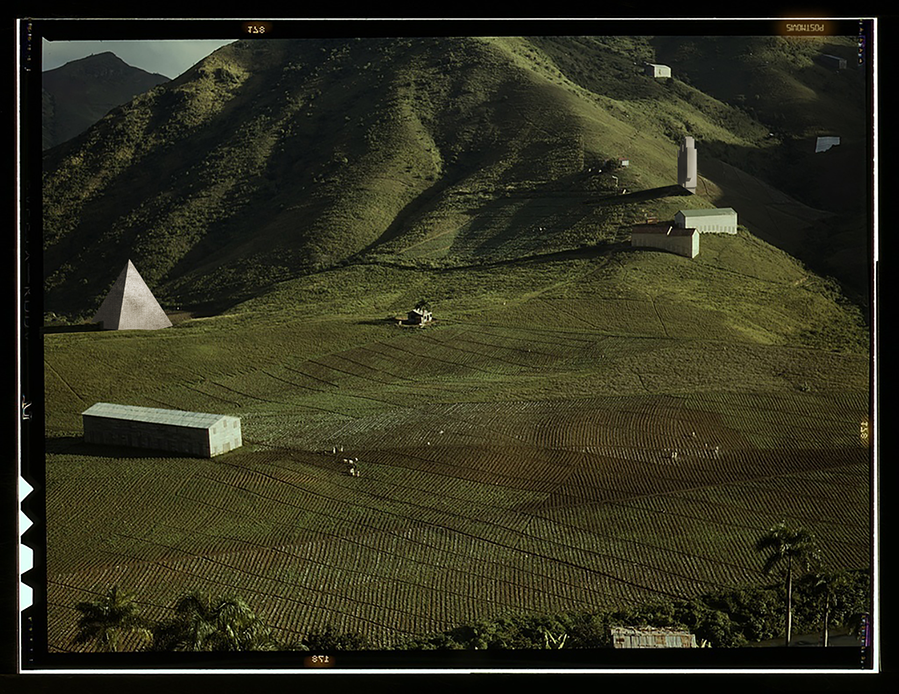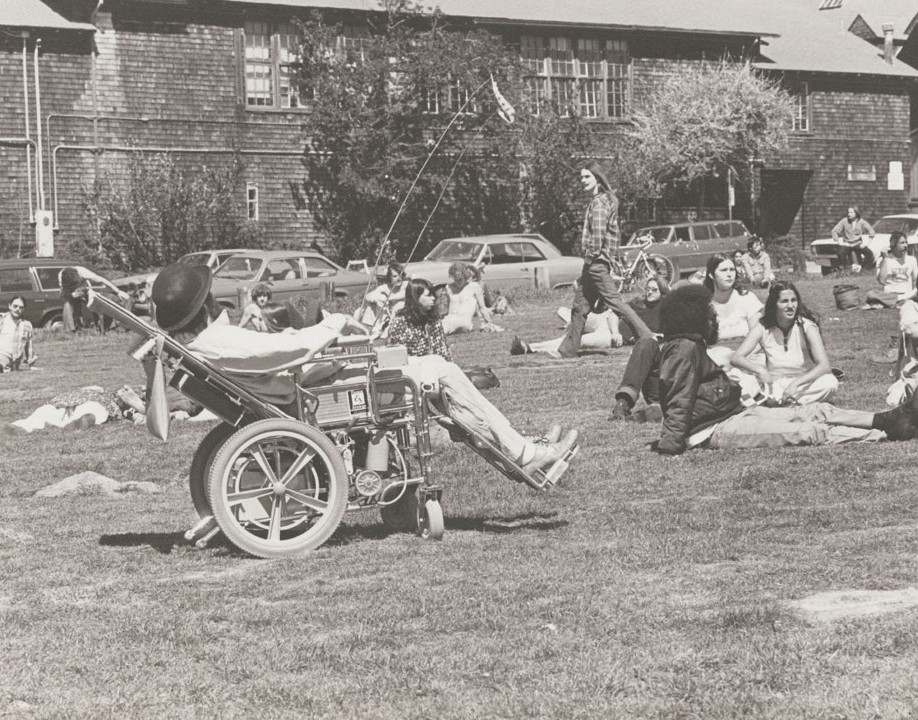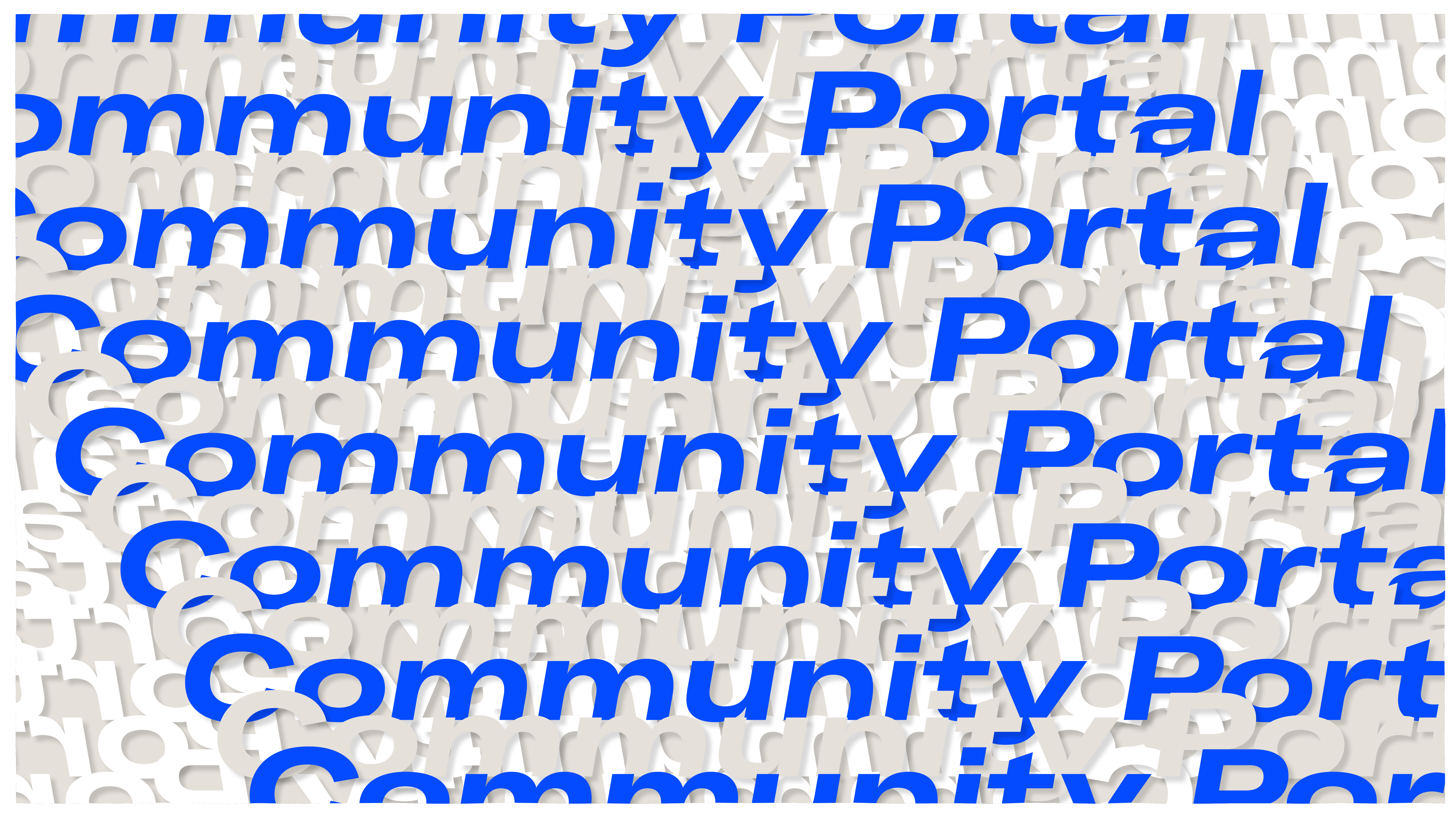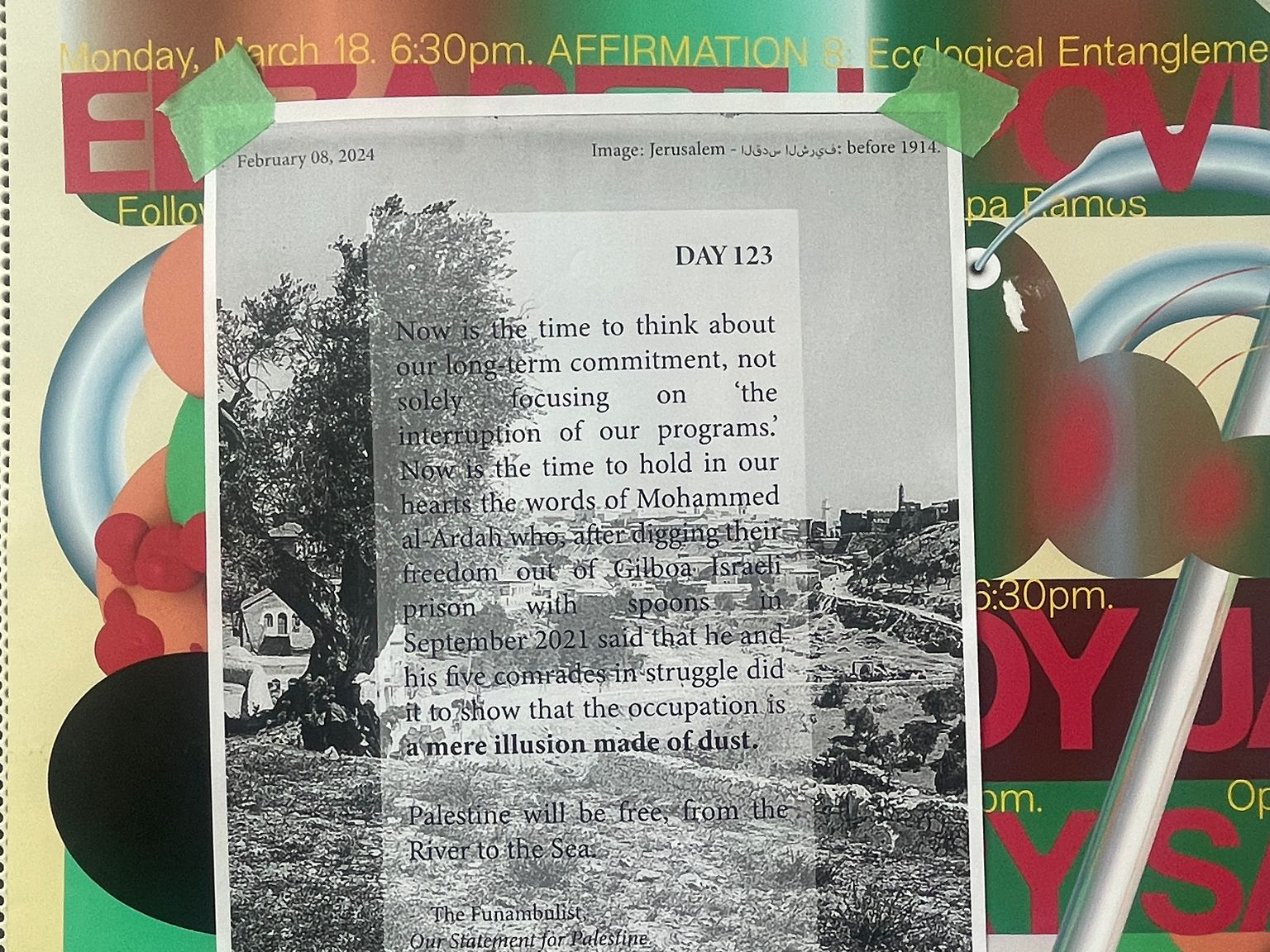When the Imagination no longer has to gather impressions (combine the many) to fit the Understanding’s few and rigid parameters, when it is left to its own devices, it can go about turning and twisting every tight knot, every neat table, every straight line. When the Imagination is released to go after, to work toward, to aid in the ethical search for the re/ de/ compositions that would not demand Dana’s charge to be comprehensible but would allow the unpayable debt to be settled, that is, to be owed by those who ought to pay for it, then, and only then, in addition to knowing and repeating that the master’s tools cannot dismantle the master’s house, we will finally be in the position of not having to care about what they are or are not good for or able to do. [footnote Denise Ferreira da Silva, Unpayable Debt (London: Sternberg Press, 2022), 275.]
The recent flourishing of independent study programs signals a powerful drift reshaping how academic knowledge can be contested by grounded independence and intellectual cooperation. The 2023 edition of Programa de Estudios Independientes (Independent Study Program; PEI), supported by MACBA Museu d’Art Contemporani de Barcelona, consolidates seventeen years of research into a very specific position within learning around, through, and with art that conceives of artistic and political action as fierce thinking. Such a stance allows PEI to maintain space for new forms of critical debate and sociopolitical analysis that move beyond the established systems of academic and representational correctness in the art industry and related educational systems. The will to address practitioners, discourses, and communities immersed in “real action” has granted PEI a very specific identity, that of an activist space in which theory and practice aim to jointly affect racial supremacist heteropatriarchy. A program that charts its own path necessarily engages certain questions about its progress: Can these modes of affection be cultivated within a system of such institutional nature? What is the relationship of this learning space to structural (colonial, neoliberal, patriarchal, extractivist, productivist, and anti-LGBTQ+) violence? What is its relationship to the perpetual domination of the imperial?
The quote opening this feature comes from Denise Ferreira da Silva’s most recent book, Unpayable Debt, part of an ongoing series of writing and inquiries in which the author takes on Octavia Butler’s 1979’s story “Kindred” to dismantle three primary onto-epistemological vectors that determine Western spatiotemporal narrativity: separability, determinacy, and sequentiality. Learning from this space–time interrogation and alongside Ferreira da Silva’s proposition to engage in quantum-level entanglements, an educational structure like PEI becomes almost impossible to understate due its embeddedness in the economic, bureaucratic, political, spatial, psychological, and urban dimensions of the wider institution in which it exists. PEI does not operate within self-contained conditions, and its specificity is strongly determined by MACBA. As an educational system originating from an art institution itself, PEI aligns with other institutional study programs, like the Whitney Independent Study Program in New York, and contrasts with other nonacademic, noninstitutional frames whose independent character might seem more apparent, like Maumaus in Lisbon or Open School East in Margate, England. The reality of PEI’s existence within MACBA, however, is intricate and complex, given that much of its institutionally dependent nature translates into a decidedly anti-institutional stance that opens up and interrogates the logics and inertias perpetuated by Western museums, in both economic and ethical terms. As a modern colonial institution embedded in a racialized matrix of power, PEI has, since its creation in 2006, acknowledged these forms of expropriation and violence that act on the museum as a political symbol to be contested.
Throughout its history, PEI has functioned as a sort of apparatus modulating numerous urgencies and possibilities of emancipation through feminism, queer and trans theory, political ecology, antiracist practices, post-Marxist theory, and Black studies. Appealing to all these areas of study with different degrees of intensity for almost two decades, its agendas have mutated yet sustained a platform for politically situated and rigorous exchanges. I first came to know about PEI’s topics of debate in 2009 or 2010, thanks to Paul B. Preciado’s lectures on “gender technologies.” At the time, the program was well known for anchoring discussion around gender politics not only in Barcelona but in the wider Spanish context. While Spain faced extreme austerity measures and an increasing unemployment rate, Barcelona was immersed in an apathetic debate around economic models within the global market, and Catalunya sought to forge a national-identity movement whose profound sense of privilege did not offer the conditions for any kind of social rearticulation. The space for radical debate and free speculative imagination nurtured by PEI was then potentially transformative, and the experience of questioning the individual subject as inscribed within binary gender conditions unveiled broader social and structural concerns and a desire to disentangle social dissent, which have since become the program’s DNA. The debates begun in this period have led up to “Where Are the Oases?,” the current edition of PEI, which intends to build on a rich intellectual substrate and to approximate its own history, acknowledging the colonial configurations that permeate contemporary intellectual and everyday vital systems.
Now, when the logics of optimization and liberalization of academic institutions in Barcelona and Spain have exposed local infrastructures to neoliberal forms of colonialism, PEI remains a resistant critical structure. With a persistently sharp syllabus whose alterations have had more to do with the MACBA’s structural changes than with external political forces, PEI has served as an emancipatory supplement to Barcelona’s artistic and educational scene for years. [footnote The eighth edition of PEI (2021–22) was not realized due to the unpredictable layoff of Pablo Martínez, then the head of programming.] It has encouraged the kind of hands-on debate unparalleled by any other academic offering or educational program in the city, which anyone can witness during the PEI Obert sessions. [footnote PEI Obert is an open seminar format of group discussions led by guest professors who have contributed to the fourteen-month PEI edition.] Besides open sessions, PEI students in the current edition partake in lectures led by the three program codirectors—artist Kader Attia, MACBA director Elvira Dyangani Osé, and curator and researcher Max Jorge Hinderer Cruz—alongside with a faculty of guest professors, including Nancy Garín, Emily Jacir, Achille Mbembe, Françoise Vergès, and Elvira Espejo Ayca, among others. As the program describes itself: “artistic and political speculation are brought together as a single force in which different forms of knowledge and systems of representation and social codification converge through methodologies like talks, collective readings, urban tours, celebrations and seminars, four days per week.” [footnote Original in Spanish. See “¿Donde Están las Oasis?,” Programa de Estudios Independientes 2023–2024, MACBA Museu d’Art Contemporani de Barcelona, →.] These sessions aspire to articulate a collective understanding of diverse social movements, beyond their art historical interpretations, that can detect and rearrange the spaces and actions that organize and regulate bodies and their affective and cognitive capacities.
To provide some context, the will to break with modes of separability and sequentiality, while empowering sensorial experience, is reflected in Ferreira da Silva’s rhizomic presence across PEI and MACBA, in both educational and exhibitionary modules. Ferreira da Silva is a discursive reference, an artist on view in the galleries and a professor in the independent study program. But most importantly, she is someone who provides embodied encounters as actively proximate, encouraging participants in PEI to consider nonlinear relational forms. In the will to engage in such complexities, Ferreira da Silva invites the students to take part in editorial exercises, a methodology where the constant negotiation and edition of the multiple takes place. Embracing “implicancy,” to borrow Ferreira da Silva and Arjuna Nauman’s term, allows a collective body to acquire a mutual sense of dependency through listening, speculating, observing and experiencing from recurring encounters that enables them to negotiate colonially–inherited forms of violence as they confront the limits of their own existence. [footnote 4 Waters: Deep Implicancy is the title of a 2018 film by Denise Ferreira da Silva and Arjuna Nauman that explores our planetary relationships. As the filmmakers describe, “deep implicancy” is a call to “consider our world out of time, to think about a primordial moment of entanglement prior to the separation of matter into the forms we currently know, both human and non-human.”] The “Corpum Infinitum” in the title of Ferreira da Silva and Nauman’s collaborative MACBA exhibition is at the core of this mode of listening, speculating, observing, and experiencing, which this edition of PEI claims. Referring to a cyclical act of becoming, “corpun infinitum” appears as a possibility to rehearse social friction and exchange upon bodies that breathe and move at uneven paces, one that is counter to a predetermined theoretical timeline in complicity with the extraction of (theoretical, cognitive, symbolic) value.
At a time when many independent study programs are focused on the individual competencies that participants might acquire and less so on the potential that real collective and shared forms of knowledge and solidarity could unfold, some of the recurrent questions in the practice of PEI’s codirector, Hinderer Cruz, resonate strongly: “What would it mean to move from thinking about decoloniality to putting it into practice—in an art school, in a city, in a society? What are the connections to the history of Third Worldism and the Non-aligned Movement? […] What is the relation of decolonial theory and practice to anti-blackness and to indigenous philosophies?” [footnote From the seminar “Decoloniality in Practice at the Academy of Media Arts, Cologne, led by Stefano Harney and Max Jorge Hinderer Cruz, →.] This edition of PEI refocuses its community-driven ethos into perhaps the clearest instance of thinking on the decolonial in the artistic/educational field. As art institutions increasingly become spaces of resistance, PEI provides a specific frame in which political action and a desirable shared life attempt to coexist.
The only question left on the surface is what can it mean to be critical when the professional defines himself or herself as one who is critical of negligence, while negligence defines professionalization? [footnote Stefano Harney and Fred Moten, The Undercommons: Fugitive Planning & Black Study (New York: Minor Composition, 2013), 38.]
By proposing the question “Where are the Oases?,” PEI’s current edition brings together a broader cultural and countercultural community to reflect on decentralized dynamics for the production of knowledge, as it is entangled within the infrastructures of the colonial nation-state, yet emphasizes the urgency to imagine, create, and strengthen apparatuses capable to emancipating people from such suffocating conditions. Discussions in this edition of PEI have adopted a sense of engagement with life itself as the path to truly commit to the social, cultural, and epistemological conditions that determine our cyclical, entangled lifes. Participants are exposed to both historic and contemporary urgencies in building resilient and desirable systems for mutual decolonization. Collectively, the ninth edition of PEI aims to evoke and conjure a social form—not necessarily a new one, but as this edition’s title invites us to think, one that perhaps already really exists—and to engage with practices, communities, and contexts that can contribute to support it.
The uncanny that disturbs the critical going on above it, the professional going on without it, the uncanny that one can sense in prophecy, the strangely known moment, the gathering content, of a cadence, and the uncanny that one can sense in cooperation, the secret once called solidarity. The uncanny feeling we are left with is that something else is there in the undercommons. It is the prophetic organization that works for the red and black abolition! [footnote Harney and Moten, The Undercommons, 38.]
In July 2021, when Elvira Dyangani Osé was appointed director of MACBA and the development of the new PEI’s curricula began, Barcelona’s local politics were invested in social measures that embraced diversity and situatedness as a crucial factor to address some major challenges in Catalunya’s capital. Ada Colau, the city’s mayor at the time, stimulated distinctive policies for affordable housing, confronting mass tourism and mitigating pollution and traffic and addressing environmental and social struggles through progressive measures. Such a political climate offered a sense of local euphoria within a world of intensified conflict and pressing inequality. In this sense, the crucial role that the city’s administration played in setting the tone for in-depth understandings of social asymmetries and providing knowledge and resources that allowed cultural, social, and activist players to nurture alternative worldviews is not the same today. Since Jaume Collboni was appointed mayor of Barcelona in June of this year, the administrator has embarked on dismantling some of Colau’s most important decisions during her eight-year leadership. Barely fifty days after taking office, the new mayor (from the Socialist’s Party of Catalonia) announced that he would reverse some of the processes already unfolding and implement a more liberal agenda regarding tourism, gentrification, and urban segregation. Structural violence in the urban configuration of Barcelona is easily detectable, reflecting long histories of racial displacement, which are increasingly intertwined with fascist rhetoric against migration and diversity. The expansion and growth of such entangled complexities cut across the urban and identitarian realities of MACBA and PEI. Both are located in El Raval, a neighborhood embodying all the tensions and opportunities that a life in common implies. But, as the new political direction might stop fighting such forms of neoliberal extraction, impacting the city’s rich diversity, the question animating “Where Are the Oases?” becomes, more than ever, a kind of thorn.
To ask about oases in times of extreme and rapid change—whether due to environmental, political, or socioeconomic factors—is to acknowledge desertification as a condition acting upon our bodies, houses, streets, cities, landscapes, and minds. We are living through times of desertification—literal and metaphoric—that provoke strong dissonances between the external world and the inner spatiotemporal conditions where learning, sensing, and acting are truly possible. Aside from the increasingly irreconcilable desynchronization between the rhythm of human life and the rhythm of capital, there are also deeper structural asymmetries that ought to be questioned when it comes to the nature and systems of learning: including access to public space, class segregation, racial violence, and hate speech on gender and sexual diversity. What kind of imagination and reference does the learner require in order to face today’s world? What world is that? For whom?
As an introduction to one of the PEI Obert sessions, a text on the MACBA website posed the following questions and suggested a response: “To ask ‘Where are the Oases?’ also means to ask: Which spaces can be claimed as our own? What do the times of the commons look like? What modes of resistance are needed and desired? What forms of conviviality arise if we move forward as if the society we dream of is already in place? The search for the oases also means to create spaces and practices that rise up against the processes of desertification of life on this earth. It means to forge space-times of reparation and multiply the remains of an inhabitable earth.” p Opening up the arena to engage in these questions is as important as the methodologies in place to approach them. In a recent conversation with Nancy Garín, one of the professors in the current edition of PEI and a participant in the very first edition, she expressed the importance of commoning the group’s composition when it comes to articulating such discussions. In that sense, commoning implies embracing an asymmetrical gathering of people, whose diverse racial, gender, class, formative and vital experiences provide the necessary friction to counter the omnipotent voice: a gesture to counter both coloniality and desertification.
As social policies in Barcelona change, so too do the nature and purpose of PEI. The start of the second of the current program’s four sections appears fraught, no matter what the pre-established direction of the contents pointed at, and will now unfold differently due to the change of local government. Neoliberal capitalism and the ongoing processes of accumulation wither the possibilities for a joyful, decent, and worthwhile life, and such processes unfold across visible and invisible forms of violence and precarity. They extinguish the potential for other ways of knowing and existing, which, given the city’s ongoing impulse toward radical erosion, need a vital space in which desirable social forms, like the ones that PEI imagines, can be rehearsed. One after the other, images, desires, and actions run up against structural violence. There is a friction between the political aspects of attempting change and the institutional realities that are consciously determined to resist change. Challenging the persistence of coloniality in contemporary forms of homogenization, complexity appears, for instance, when sophisticated forms of neocolonialism fueled by the logics of tourism, optimization, hypermediation, gentrification, segregation, and privatization foreclose discussions of other onto-epistemological potentialities. But a community committed to justice, beauty, and joy can be more elusive and sophisticated than these frictions. The current edition of PEI, with the greatest number of locally engaged participants in the program’s history and a diversity of identities among its students and professors, faces the challenge of navigating forms of solidarity in a moment of unprecedented capitalist perversity. The image of the oasis is blurry but it can be perceived.
This cadence allowed for a better distinction between things (we still think and react in this dual manner, and often take a surprising pleasure from it). But we’re also waiting for the renewed perception of differences to reveal themselves as such, and for the poem to reemerge once more.[8]
Denise Ferreira da Silva, Unpayable Debt (London: Sternberg Press, 2022), 275.
The eighth edition of PEI (2021–22) was not realized due to the unpredictable layoff of Pablo Martínez, then the head of programming.
PEI Obert is an open seminar format of group discussions led by guest professors who have contributed to the fourteen-month PEI edition.
Original in Spanish. See “¿Donde Están las Oasis?,” Programa de Estudios Independientes 2023–2024, MACBA Museu d’Art Contemporani de Barcelona, →.
4 Waters: Deep Implicancy is the title of a 2018 film by Denise Ferreira da Silva and Arjuna Nauman that explores our planetary relationships. As the filmmakers describe, “deep implicancy” is a call to “consider our world out of time, to think about a primordial moment of entanglement prior to the separation of matter into the forms we currently know, both human and non-human.”
From the seminar “Decoloniality in Practice at the Academy of Media Arts, Cologne, led by Stefano Harney and Max Jorge Hinderer Cruz, →.
Stefano Harney and Fred Moten, The Undercommons: Fugitive Planning & Black Study (New York: Minor Composition, 2013), 38.
Harney and Moten, The Undercommons, 38.
